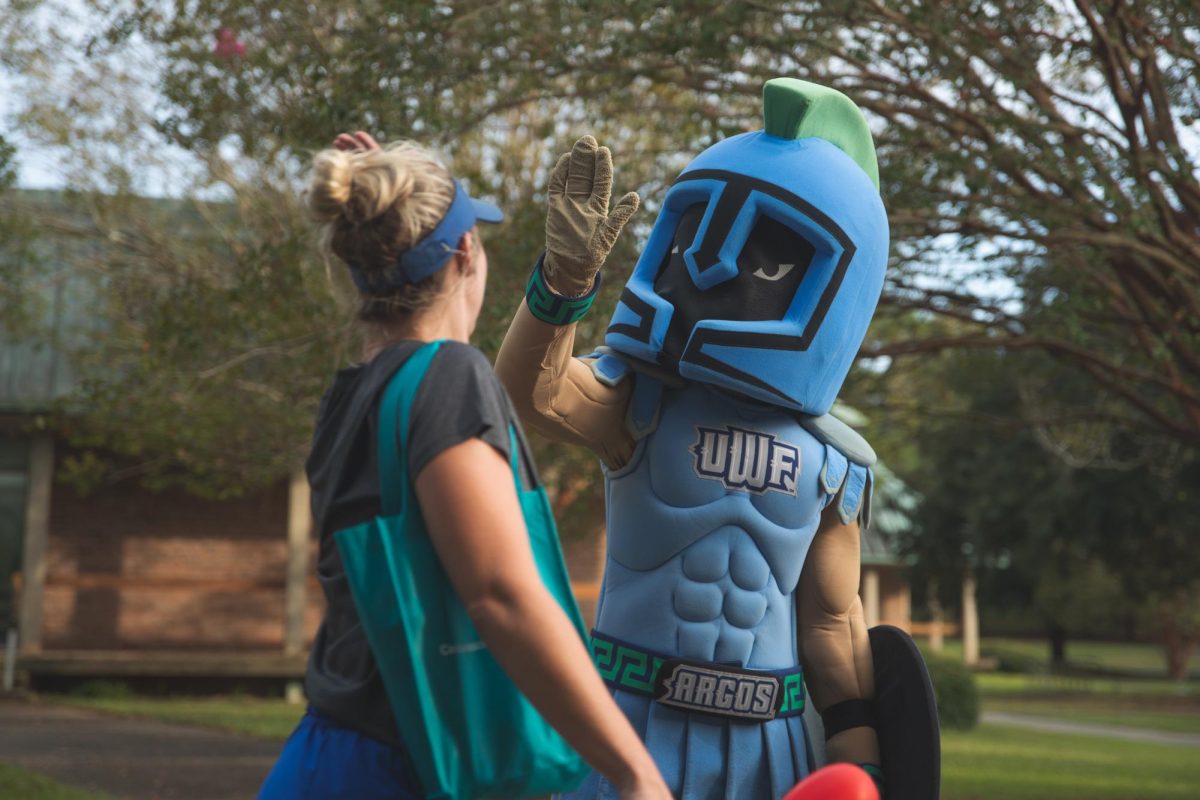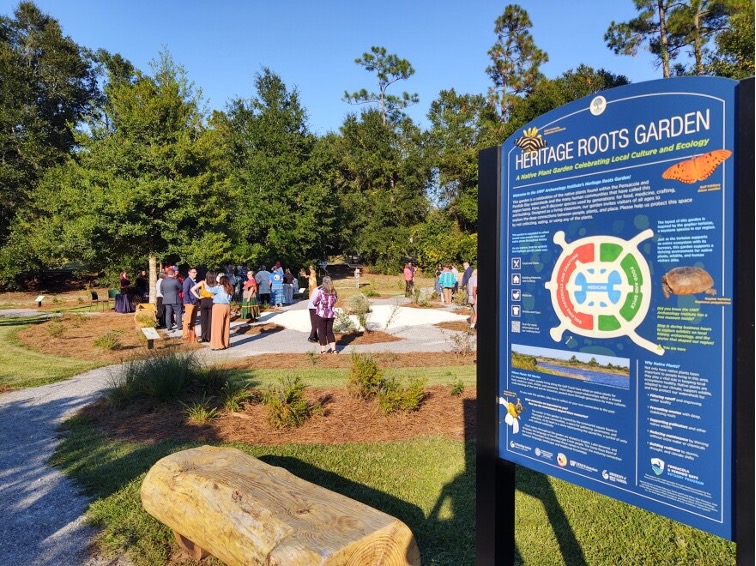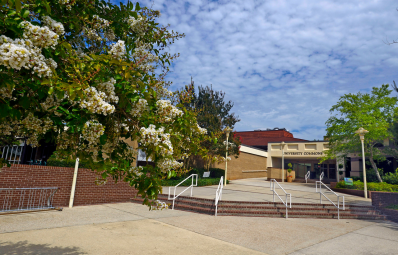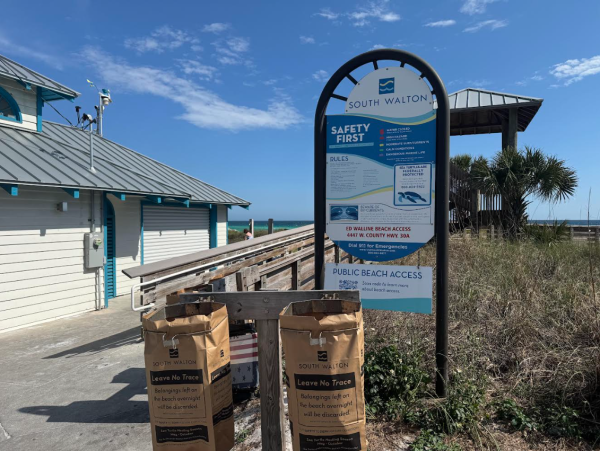
If you’re planning to visit Walton County’s famous white-sand beaches this summer, you may want to double-check exactly where you’re allowed to go. In recent years, changes in Florida law and local agreements have dramatically reshaped public beach access, leaving much of the county’s coastline classified as private property — and the effects are rippling far beyond the shoreline.
In Walton County, the majority of dry sand areas above the mean high tide line are privately owned by beachfront hotels, resorts and homeowners. While the public still has the right to access the wet sand — the area below the high tide line — that right often ends where the dry sand begins.
A 2023 settlement agreement in Walton County established that in certain areas, the public can use a narrow “transitory zone” of up to 20 feet of dry sand beyond the wet sand line. However, even this limited access comes with restrictions, allowing activities such as walking, running and swimming, but generally prohibiting lounging, gathering or setting up beach gear — which is the main reason many people visit the beach in the first place. Some visitors go so far as to place their chairs directly at the water’s edge to avoid conflict.
The idea of “customary use” — the long-standing belief that people have always freely accessed these beaches — used to offer some protection for public access. But after a change in state law in 2018, counties now have to prove that right in court, a slow and costly process.
Private beach owners can legally ask people to leave their property, and many do if visitors aren’t in designated public areas or wet sand zones. Walton County has posted signs and maps to help clarify which areas are public and private, but the rules remain confusing — especially for tourists who arrive expecting open access, as was common in the past.
Locals are feeling the change, too. Beaches that once felt open and welcoming now come with “invisible fences.” Once-relaxing and spacious spots are now crowded, making for a far less pleasant experience. Many residents say they’re frustrated and heartbroken by how much of the coastline is slowly becoming off-limits.
Shops, restaurants and tour companies — many of which rely heavily on spring break, summer and holiday crowds — are seeing fewer visitors. Some business owners worry that the new restrictions are discouraging tourists from returning. Fewer tourists mean fewer sales — a serious concern for towns along Scenic Highway 30A.
“It’s heartbreaking,” said Heather, a longtime Walton County resident who raised three children on the beaches that are now largely private. “These beaches were a part of my kids’ lives growing up. Now it feels like something that belonged to all of us is being taken away.”
Even newcomers are expressing disappointment.
“I thought I moved to this really cool place where you could just walk out and enjoy the beach anywhere,” said Joe Weisenburger, who recently relocated from Michigan. “Instead, it feels like everything is almost out of reach — like if you’re not in a certain tax bracket, you’re not welcome or something. It’s a little disappointing.”
Public beaches and official access points still exist — but finding a wide-open spot to spend the day isn’t nearly as easy as it used to be. You can still walk along the wet sand if you stay below the high tide line, but setting up for the day outside designated public areas could lead to being asked to leave.
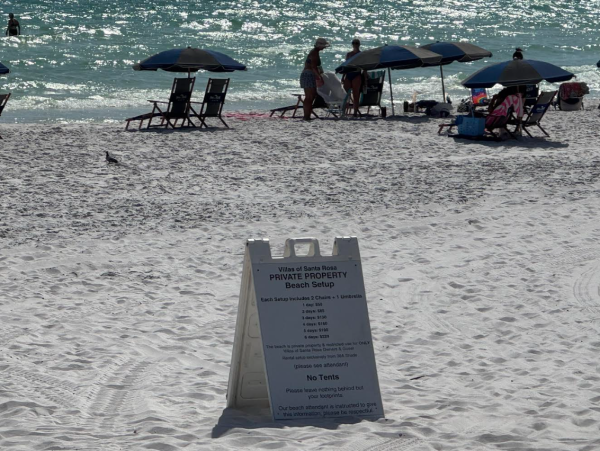
If you’re planning a trip, it’s a good idea to know the rules ahead of time. Walton County provides an online map that clearly marks which areas are public and private. You can find it by visiting the Beach Access FAQ at Visit South Walton.



